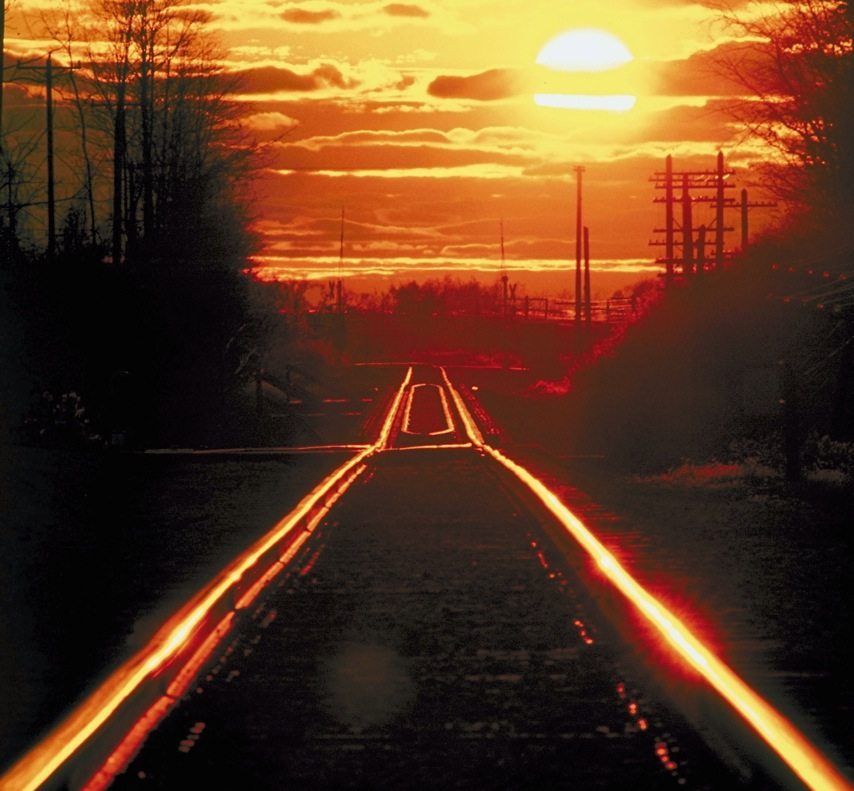 Last year, the Obama administration rolled out an ambitious $8 billion program to fund 21st century transportation via high-speed rail (HSR). U.S. Secretary of Transporation, Ray LaHood, said, “High-speed-rail will be our generation’s legacy.”
Last year, the Obama administration rolled out an ambitious $8 billion program to fund 21st century transportation via high-speed rail (HSR). U.S. Secretary of Transporation, Ray LaHood, said, “High-speed-rail will be our generation’s legacy.”
This bold 21st century vision of new transportation options promises to revitalize the economy, reactivate the manufacturing sector, create millions of jobs, end the country’s oil dependency, and cut the carbon footprint by epic proportions. But has Arizona climbed aboard HSR? Its California neighbors, frustrated by miles of clogged freeways, passed a $10 billion voter approved bond to begin building an 800-mile system. Anyone familiar with the herculean effort to get light rail approved and funded in Arizona might wince at the thought of laying out a regional high-speed rail system.
Like the 1950s Interstate Highways System of the Eisenhower administration, which linked cities by a series of inter-state highways, this new plan aims to connect cities via rail line. In August, LaHood estimated that “New high-speed trains will link 80 percent of Americans within 25 years, at a cost of about $500 billion.” This includes a 17,000 mile national rail system to be built in four phases, with completion by 2030. It should be noted that the initial cost estimate of the Eisenhower system was $25 billion over 12 years; it ended up costing $114 billion (adjusted for inflation, $425 billion in 2006 dollars) and took 35 years. Maybe that is why conservative Arizonans cringe.
 This said, the visionary map phasing championed by the U.S. High Speed Rail Association follows the most logical sequence for a national system build out — starting with the largest cities in the busiest corridors, then growing to connect those together across the country. The busiest corridors are known as “megaregions,” none of which are in the Rocky Mountain West. The plan calls for a national system of HSR express lines connecting cities and states into an integrated system. The plan sets high standards for state-of-the-art dedicated track, advanced control systems, elegant multi-modal train stations, and top-of-the-line 220 mph trains connecting major cities. The plan calls for a support network of 110 mph trains connecting smaller cities and towns (such as between Phoenix and Tucson), together with the high-speed system.
This said, the visionary map phasing championed by the U.S. High Speed Rail Association follows the most logical sequence for a national system build out — starting with the largest cities in the busiest corridors, then growing to connect those together across the country. The busiest corridors are known as “megaregions,” none of which are in the Rocky Mountain West. The plan calls for a national system of HSR express lines connecting cities and states into an integrated system. The plan sets high standards for state-of-the-art dedicated track, advanced control systems, elegant multi-modal train stations, and top-of-the-line 220 mph trains connecting major cities. The plan calls for a support network of 110 mph trains connecting smaller cities and towns (such as between Phoenix and Tucson), together with the high-speed system.
Last year, the Obama administration awarded funding to 23 regional rail projects nationally. Neither Phoenix nor any Rocky Mountain West community received any of the funding. This was an unfortunate reminder that Arizona needs to position itself for future federal awards, notes Arizona Department of Transportation rail chief, Shannon Scutari.
“For us to be taken seriously,” Scutari said, “it’s very important that our two major metropolitan areas (Phoenix and Tucson) are building momentum and trying to connect by rail, and for us to show we are becoming a rail state. The key to that effort is to finish a state rail plan. Without a state rail plan, the federal government will not consider funding applications.
On Feb. 8-10, the U.S. High Speed Rail Summit 2010 will convene in Washington, D.C. to further lay out its agenda. The summit recognizes that many obstacles lie in the path of completing the HSR plan, including: overcoming partisan politics, ongoing permanent funding support, linking the various different agencies, real estate development opportunities, and integrating regional and local systems.
In light of Arizona’s dependence on real estate development as a major part of its economic agenda, being on board with HSR seems like a “no brainer.” This national movement isn’t merely a trend. Only time will tell whether the train has already left the station — and whether a stop in Arizona is on the map.




